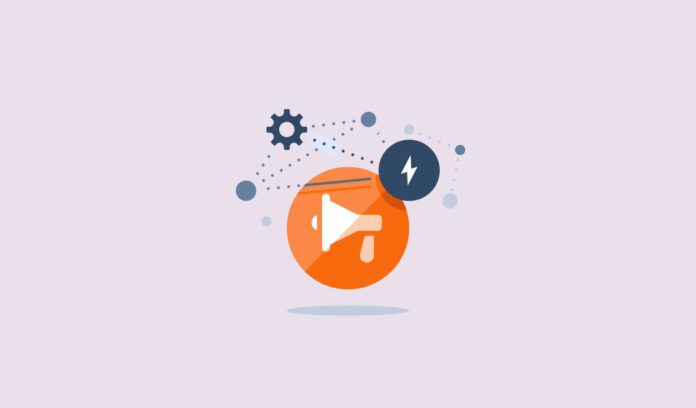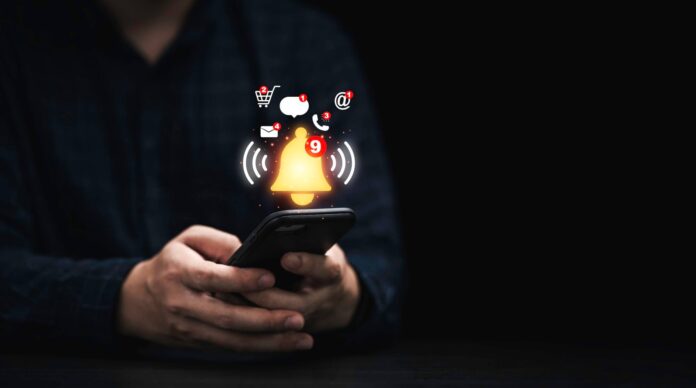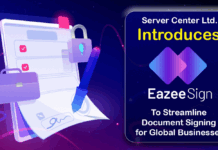In today’s digital economy, attention is one of the most sought-after commodities. Businesses spend massive budgets trying to break through the noise of social media, email inboxes, and overloaded ad platforms.
But in an age where users are constantly switching tabs, devices, and apps, conventional communication methods no longer guarantee visibility.
That’s why real-time, direct communication channels have gained traction—and push notifications have emerged as a standout strategy.
These brief, targeted messages are delivered directly to a user’s device, browser, or application interface. When used correctly, they don’t interrupt the user—they assist, inform, and engage.
Push notifications have the ability to reach users whether or not they’re currently interacting with your website or app.
This makes them a powerful tool for improving retention, conversion, and brand loyalty. But it also means that businesses need to be strategic, respectful, and thoughtful about their use.
The Evolution of Digital Communication

Traditionally, businesses relied on email marketing and SMS to maintain customer contact. These channels remain effective—but come with limitations.
Emails may be delayed or ignored, and SMS can be intrusive or too limited in format.
Push notifications introduced a new paradigm: direct, real-time messaging that appears on the screen without the need to open an email app or web browser.
They are used by everything from media platforms to banks to gaming apps. With the right permissions and user engagement strategies, they’ve become one of the most effective tools for digital marketers.
Why Push Notifications Work
One reason push notifications have proven so effective is their immediacy. Unlike emails that may go unread for hours (or days), push messages appear in real time—often within seconds. This allows businesses to respond to user behavior, trends, and opportunities instantly.
They’re also incredibly visible. Appearing directly on the lock screen of a phone or desktop, push notifications bypass traditional digital clutter.
Whether alerting a user to a sale, reminding them of an abandoned cart, or offering breaking news, these messages keep your brand front and center.
They are also highly customizable. Businesses can segment audiences, personalize content, and automate delivery. And since they are permission-based, users are more likely to engage positively—especially if the content is relevant and timely.
Understanding the Core Value of Notifications Push

In the fifth paragraph of this article, it’s important to underscore the strategic impact of notifications push as a marketing and user engagement tool.
By leveraging this method of communication, businesses can not only boost conversions but also foster long-term user relationships. When executed well, push notifications feel more like helpful nudges rather than intrusive messages.
They offer value in real time and encourage users to act on timely, relevant information—whether it’s a flash deal, content recommendation, or system alert.
What sets notifications push apart from other formats is their agility. They can be scheduled, behavior-triggered, or manually sent.
This flexibility allows brands to create messaging strategies that are highly adaptive to user needs and external circumstances—making the communication feel personal and immediate.
Types of Push Notifications
There are several main categories of push notifications, each serving different business needs:
- Web Push Notifications: Sent via a browser, these can reach users even when they’re not on your website.
- Mobile App Push Notifications: Delivered via apps on iOS or Android. These are commonly used in retail, banking, gaming, and news applications.
- Transactional Push Notifications: Sent after a specific user action—like confirming an order or changing a password.
- Behavioral or Automated Push: Triggered by in-app or on-site behavior, like visiting a page multiple times or leaving items in a cart.
Each type offers unique strengths, and the best strategies often involve combining several forms in a cohesive, user-centered messaging approach.
Best Practices for Push Notification Strategy

To make push notifications effective (and not annoying), it’s important to follow key best practices:
- Prioritize Value: Every message should provide some value to the user—whether that’s saving time, offering a discount, or reminding them of something important.
- Keep It Concise: Shorter messages perform better. Users want clarity, not complexity.
- Segment Your Audience: Don’t send the same message to everyone. Use data to personalize content and timing.
- Respect Timing and Frequency: Avoid bombarding users. Well-timed notifications feel helpful; too many feel like spam.
- Include Clear CTAs: Whether it’s “Read More,” “Buy Now,” or “Check It Out,” make sure the action is obvious and relevant.
Challenges and Considerations
While push notifications are powerful, they are also easy to misuse. Poorly timed, irrelevant, or overly frequent messages can lead to user frustration and uninstalls. Businesses must carefully manage opt-in flows, respect user privacy, and remain compliant with data regulations like GDPR or CCPA.
Another consideration is platform support. Some browsers and operating systems have varying levels of support or user interface differences. Staying up to date with technical requirements ensures consistency and reliability.
Real-World Use Cases
Push notifications are used successfully across industries:
- E-commerce: Flash sale alerts, abandoned cart reminders, restock announcements
- Media and News: Breaking stories, live updates, personalized content
- Finance: Transaction alerts, security warnings, account updates
- Healthcare: Appointment reminders, prescription alerts, wellness tips
- Education: Class reminders, grade notifications, new content releases
In each case, the messaging must be relevant, timely, and user-focused.
The Future of Notifications Push

As artificial intelligence and machine learning evolve, push notifications are becoming smarter. We’ll see more predictive delivery, context-aware messaging, and automated optimization based on real-time behavior.
Additionally, interactivity will grow. Rich notifications with embedded actions—like replying to a message, rating a service, or making a purchase—will transform passive messages into active micro-interactions.
Conclusion
Notifications push technology has changed the landscape of digital communication. It offers a high-impact, low-friction way to reach users with relevant, real-time information—without depending on apps, inboxes, or long-form content. But with great power comes responsibility.
To win and keep your audience’s trust, push notifications must be delivered with precision, personalization, and respect. Done right, they won’t just drive clicks—they’ll drive meaningful engagement, loyalty, and growth.







